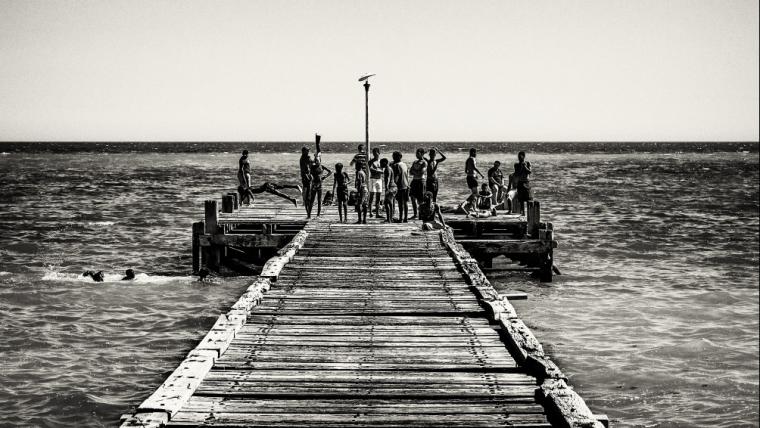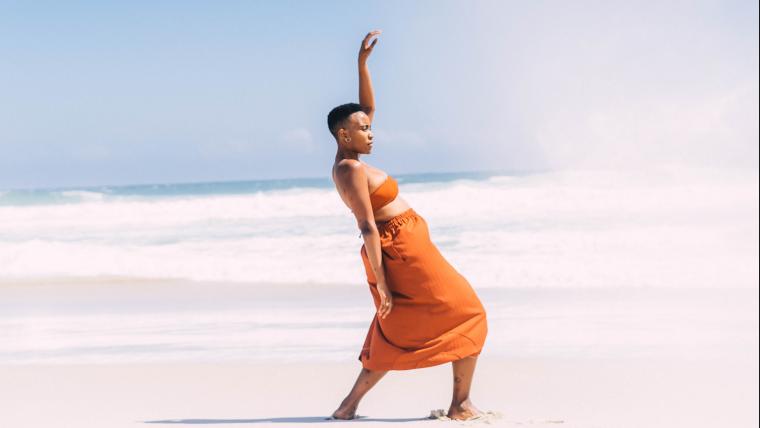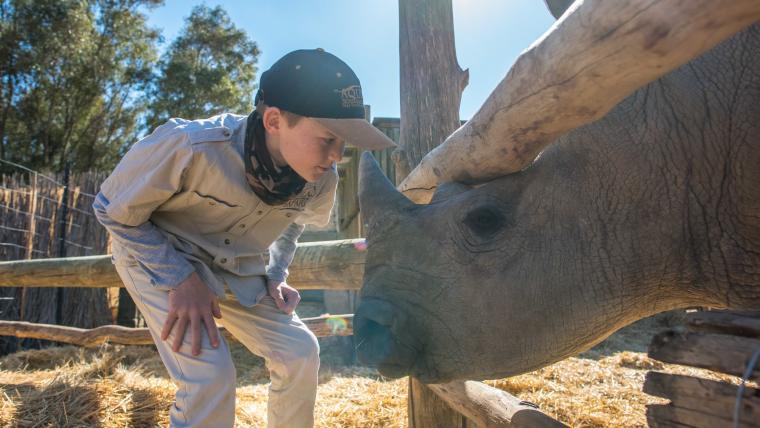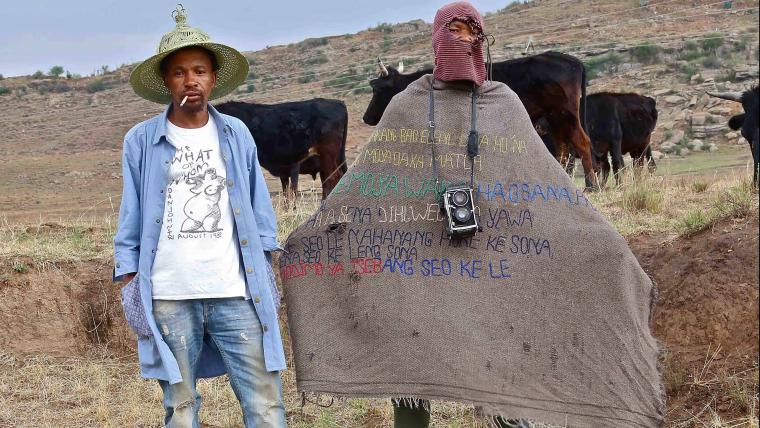
How to capture history in the making
South Africa’s history is peppered with protest. From the 1976 Soweto uprising to #FeesMustFall, South Africans aren’t afraid to stand up for justice, freedom and equality. Our actions today will one day be history, but Nigel Zhuwaki is ensuring that we never forget what we fought for. The Zimbabwean-born photographer, who lives in South Africa and creates images under the name Dambakuombera, has captured some of the most powerful images of protest in recent years. “I’m a photographer inspired by change,” he says.
“I believe in every age there happens to be a need to stand for or against something,” Zhuwaki says. For him, it’s been challenges within the tertiary education sector. He documented the #FeesMustFall movement in the Western Cape, and Open Stellenbosch, which protested the lack of diversity at Stellenbosch University. “I like to explore and interrogate how young people can contribute towards the transformation of public spaces,” he says. Even if the country remains divided on the methods of protest, the influence that the youth have had on shifting the paradigm has been monumental. “Change can be beautiful and it can be ugly,” Zhuwaki says. The photographer documents both, his work serving to acknowledge, to historicise and to give credence to the struggle. “When I take an image, I want to capture a moment that will become a visual archive for future generations,” he explains.
Zhuwaki never studied photography, but instead qualified with a Master’s degree in Engineering Management, where his focus has been on working to solve urban mobility challenges. He has also worked as a research engineer for PRASA, developing maintenance and management solutions for train transport systems. While photography may not be his bread and butter, it is his lifeblood. “I love photography and I love the possible change that it could bring around us,” he says. “I’ll only stop when the need is no longer there.”






























Please sign in to leave a comment